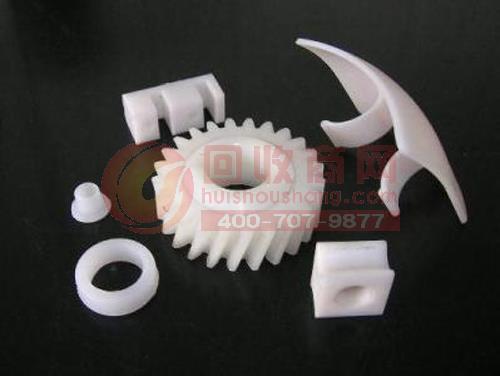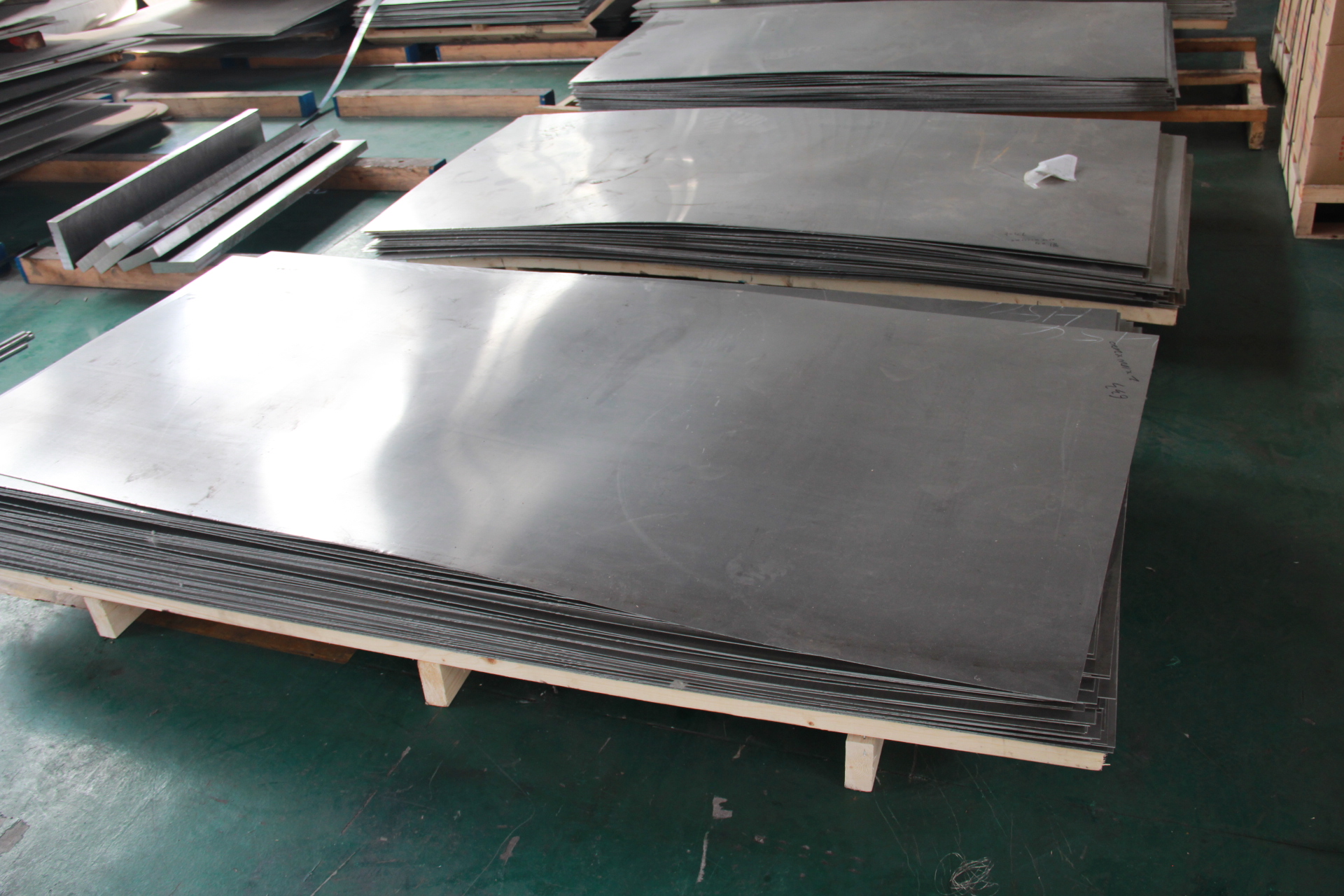Fault analysis and solution 1. Improper equipment selection When using the equipment, the maximum injection volume of the injection molding machine must be greater than the total weight of the plastic parts and the nozzle, and the total weight of the injection should not exceed 85% of the plasticizing amount of the injection molding machine. 2, insufficient supply At present, the commonly used method for controlling feeding is a fixed volume feeding method, in which the amount of the roll material is uniform with the fruit particles of the raw material, and there is no "bridge" phenomenon at the bottom of the feeding port. If the temperature at the feeding port is too high, it will also cause poor material feeding. In this regard, the feed port should be dredged and cooled. 3, poor material flow When the fluidity of raw materials is poor, the structural parameters of the mold are the main reasons for the lack of injection. Therefore, the stagnation defects of the mold casting system should be improved, such as the proper placement of the runner, the expansion of the gate, the size of the runner and the injection port, and the use of larger nozzles. At the same time, an appropriate amount of additives can be added to the raw material formulation to improve the flow properties of the resin. In addition, it should also check whether the recycled materials in the raw materials are excessive, and appropriately reduce the amount. 4, lubricant excess If the amount of lubricant in the raw material formulation is too large, and the gap between the anti-reverse ring of the injection screw and the barrel is large, the backflow of the melt in the cylinder may cause insufficient supply, resulting in a low injection. In this regard, the amount of lubricant should be reduced and the gap between the barrel and the shot screw and the check ring should be adjusted to repair the equipment. 5, cold material impurities block the material channel When the impurities in the melt block the nozzle or block the cold material When the gate and runner are in the way, the nozzle should be folded down to clean or enlarge the cold hole and runner section of the mold. 6, the pouring system design is not reasonable When a multi-cavity is used, the appearance of the plastic parts is often unreasonable due to the unreasonable design of the gate and sprue balance. When designing the pouring system, pay attention to the balance of the gate. The weight of the plastic parts in each cavity should be proportional to the size of the gate, so that the cavity can be filled at the same time. The gate position should be selected at the thick wall, and the runner can also be used. Balanced layout design. If the gate or runner is small, thin, and long, the pressure of the melt is too large along the path during the flow, and the flow is blocked, which is prone to poor filling. In this regard, the flow passage section and the gate area should be enlarged, and if necessary, a multi-point feeding method can be employed. 7, the mold is poorly exhausted When a large amount of gas remaining in the mold due to poor exhaust gas is squeezed by the flow material to generate a high pressure greater than the injection pressure, the melt is prevented from filling the cavity and causing a low injection. In this regard, it should be checked whether the cold material hole is set or its position is correct. For the mold with deep cavity, the exhaust groove or vent hole should be added in the unfilled part; on the clamping surface, the depth can be opened. For venting slots of 0.02~0.04mm and width of 5~10mm, the venting holes shall be placed at the final filling of the cavity. When using materials with excessive moisture and volatile content, a large amount of gas is also generated, resulting in poor mold discharge. At this time, the raw materials should be dried and the volatiles removed. In addition, in the process operation of the mold system, it is possible to improve the exhaust failure by increasing the mold temperature, reducing the injection speed, reducing the flow assist of the pouring system, reducing the mold clamping force, and increasing the mold gap. 8, the mold temperature is too low After the melt enters the low temperature cavity, it will not be able to fill all corners of the cavity due to the cooling too fast. Therefore, the mold must be preheated to the temperature required by the process before starting the machine. When starting up, the throughput of the cooling water in the mold should be properly controlled. If the mold temperature does not rise, check if the design of the mold cooling system is reasonable. 9, injection pressure or insufficient pressure The injection pressure and the filling length are close to a proportional relationship, the injection pressure is too small, the filling length is short, and the cavity filling is not full. In this regard, the injection pressure can be increased by slowing down the speed of injection and appropriately extending the injection time. In the case where the injection pressure cannot be further increased, it can be remedied by increasing the temperature of the material, lowering the viscosity of the melt, and improving the melt flow property. It is worth noting that if the material temperature is too high, the melt will thermally decompose, which will affect the performance of the plastic parts. In addition, if the holding time is too short, it will also lead to insufficient filling. Therefore, the dwell time should be controlled within a suitable range, but it should be noted that too long dwell time will cause other failures, and the molding should be adjusted according to the specific conditions of the plastic parts. 10, the injection speed is too slow The injection speed is directly related to the filling speed. If the injection speed is too slow, the melt filling is slow, and the low-speed flowing melt is easily cooled, causing the flow property to further decrease to cause a low note. In this regard, the injection speed should be appropriately increased. However, it should be noted that if the injection speed is too fast, it is easy to cause other molding failures.
Other Special Steel Is different from the traditional steel, it is mainly formed by the alloy, generally has good oxidation resistance, corrosion resistance, high temperature resistance and other characteristics, it can be applied in a very harsh environment. Used for special industries. The main use is the production of various furnace components, the maximum temperature of 1300 degrees Celsius, could be applied in the condition of high temperature 1150℃. Such as furnace materials, automotive cleaning equipment, materials, etc.. As well as nuclear reactor cooling system, heating furnace, carburizing basket and fasteners, heat treatment fixture.
Other Special Steel Alloy C276 Materials,Welding Of Nickel Alloys,Stainless Steel Welding Wire,Monel 400 Properties Jiangsu nickel alloy Co.,Ltd , https://www.xhalloy.com
